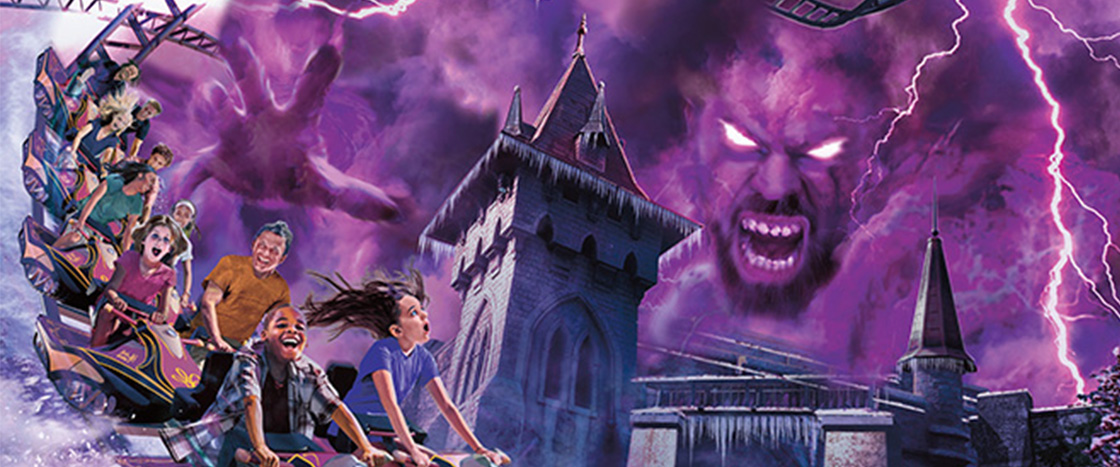Suzy Cheely
Clink, clink, clink. Your car inches up the first hill of a wild roller coaster. The car begins to tip forward over the top of the hill. Then WHOOSH!
You scream with excitement as you race down the track!
If you love thrills like this, you have engineers like Suzy Cheely to thank. She leads a team that designs rides at Busch Gardens Williamsburg and Water Country USA, both in Virginia. She recently spoke with SuperScience about her work.
Clink, clink, clink. Your car inches up the first hill of a wild roller coaster. You reach the top. Your car begins to tip forward. Then WHOOSH!
You scream as you race down the track!
Do you love thrills like this? If so, you have engineers like Suzy Cheely to thank. She works at Busch Gardens Williamsburg and Water Country USA, both in Virginia. There she leads a team that designs rides. Cheely recently spoke with SuperScience about her work

